300 Years of History
Our stay in New Bern, North Carolina continues. As much as I hated history in high school, it’s a whole nother thing to see it in person – to hear the stories, see the casemates and cannons, and to imagine a life during that time period – when the fate of our country was at hand. This post takes us to a Civil War battlefield, beautiful Beaufort by the sea, and a fort that stands on a site with history that dates back to Blackbeard.
Click on the first photo in each group and scroll to see the square photos at full size.
To start at the beginning of this series, visit Seeking the Sun 2023.
If you’ve read many of my blogs, you know of Jim’s interest in the Civil War. When we heard about New Bern Battlefield Park, it immediately went on our itinerary, and we picked a wonderful day with plenty of sunshine to visit. Had we known about the Attmore-Oliver House before our visit, I’m sure that would have been on our itinerary as well. It serves as the headquarters of the New Bern Historical Society, and has a “significant collection of Civil War artifacts.”
“The Park’s 33 acres cover only a portion of the original battlefield. Most of the entire battlefield has long been developed and is no longer accessible to the public. The Park has many well marked trails and takes you among the fighting positions, called redans, occupied by the 26th and 33rd NC Regiments. Interpretive panels throughout the park tell the story of the battle, the people who fought here, and its impact on New Bern.” ~ from the Self-Guided Tour Brochure. Scan the code to download an audio tour of all of the panels. Very interesting and detailed info for Civil War aficionados.
Disrupting the Supply Chain
“After the start of hostilities in the Civil War, a key Federal objective was disrupting the Confederate’s supply chain, from ports to critical railroad lines. New Bern figured prominently in these plans as it was located along the railroad connecting Fort Macon and the port of Beaufort with the rail hub at Goldsboro. Seizure of New Bern would give Federal forces control of significant agricultural areas and supply lines to the Confederate’s Army of Northern Virginia.” ~ from the Self-Guided Tour Brochure.
The Battle of New Bern
A very cool, 24-foot diameter concrete map illustrates the historically significant Battle of New Bern. Walk and learn!
“The battle began around 7:30am on March 14th and raged on until just after noon. Federal and Confederate casualties were about 1,085 men killed, wounded, or captured. The Federal Army occupied New Bern for the remainder of the Civil War and it served as a base of operations for further attacks directed by Burnside and his successors. Federal forces created a series of strong fortifications around the town with many of the buildings in New Bern being used as hospitals, staff offices, and troop quarters.” ~ from the Self-Guided Tour Brochure.
Squirrel! (oops, it’s a Pileated Woodpecker)
I have a tendency to get distracted by pretty trees or flowers while Jim is reading the more detailed “interpretive panels” – which was nearly all of them at this park! Since it was January and the flowers were non-existent, today’s distractions were shadows, reflections, and birds.
Day Trip to Beaufort and Fort Macon
We spent another beautiful day, this time on the Crystal Coast, when we ventured about an hour south of New Bern to check out Beaufort and Fort Macon State Park.
After a little research into the area, I got all excited about a combo trip offered by the Island Express Ferry. Shackleford Banks is home to fabulous shelling, lots of birds, and the famous Banker horses. Cape Lookout offers some of the most beautiful seashells in the area, a great place for a swim, and the awesome Cape Lookout Lighthouse. I would have signed us up for all of the above, but dock damage during a recent winter storm took away that option.
Island Ferry Adventures offers excursions to Carrot and Sand Dollar Islands and Bird Shoals. These lesser-visited destinations offer safer swimming for little ones and some solitude during busier times of year. At low tide a few of those famous horses can cross from one island to the next, moving on to pastures on Bird Shoals. I think we may need to come back in the future and explore this area further.
Beaufort, North Carolina
 Established in 1713, Beaufort is a picturesque little town with a beautiful marina, Maritime Museum, and lots of historic homes. There is a lovely park with a memorial to Michael John Smith, who was born in Beaufort and was the pilot of the Space Shuttle Challenger. We only ventured a block or two from the water, and there was a lot more to see had we not had Fort Macon on our radar.
Established in 1713, Beaufort is a picturesque little town with a beautiful marina, Maritime Museum, and lots of historic homes. There is a lovely park with a memorial to Michael John Smith, who was born in Beaufort and was the pilot of the Space Shuttle Challenger. We only ventured a block or two from the water, and there was a lot more to see had we not had Fort Macon on our radar.
We hit up the Royal James Cafe right away for lunch. The sign outside sold us with its promise of the “Best Burgers in Beaufort.” It was more of a pool hall/dive bar than a cafe, but their burgers were very good. The Royal James takes its name from a pirate ship that cruised these waters under Blackbeard and Stede Bonnett in the early 1700s.
Fort Macon State Park
 It was a quick drive from Beaufort to Fort Macon State Park. Even though there was no entrance fee at this park, we always start out at the Visitor Center. The building itself was pretty awesome and it was packed with information about the Fort and the eco-systems that surround it. We checked out the numerous educational displays, which were quite beautiful.
It was a quick drive from Beaufort to Fort Macon State Park. Even though there was no entrance fee at this park, we always start out at the Visitor Center. The building itself was pretty awesome and it was packed with information about the Fort and the eco-systems that surround it. We checked out the numerous educational displays, which were quite beautiful.
“Barrier islands are ever-changing landforms that protect the Atlantic and Gulf coasts from Maine to Texas. They are long, narrow, and are composed of sand and loose sediments constantly set in motion by waves, currents and wind. These “barriers” provide the first line of defense by buffering the estuaries and mainland from coastal storms and the powerful wave action of the ocean.” ~ from a sign near the last photo below.
Quite a Place!
I borrowed the photo above from a video at PBS.org. It’s a great overview of all that Fort Macon State Park has to offer – from its beautiful beaches and walking trails to this impeccably restored pre-Civil War fort. It appears we only scratched the surface on our short visit.
Fort Macon offers guided tours daily, that often involve cannon and musket demonstrations. The fort is constructed of brick and stone with twenty-six vaulted rooms (casemates) enclosed by outer walls that average 4-1/2 feet thick. There are powder magazines, counterfire rooms with cannon emplacements, a hot shot furnace, and a wide moat that could be flooded to protect the fort during a siege. It was ready for anything!
We followed a red brick and stone roadway past this warning: “Fort Macon was made for war not safety. Please be careful!” We headed up a slight incline past several cannons, past a great view of the moat, and down through a set of huge and very heavy-looking doors which date back to the 1840s.
Life at the Fort
As we stood between the heavy doors, we were actually standing inside one of the outer walls of the fort! We walked into the inner courtyard (parade ground) – where solders would spend considerable time practicing drills or enjoying celebrations and ceremonies. Several of the casemates were open and staged to give us a look into the soldier’s daily lives. Men slept two-up and two-down with several bunks in each casemate. Not spacious or too comfortable that’s for sure!
Before it was Fort Macon
The first attempt at a fort in this spot was named Fort Dobbs. It started in response to this region’s infamous pirate attacks like Blackbeard, who could come and go – in and out of Beaufort Inlet at will. Foreign nations, like Spain and France, where also becoming a threat by the 1750s, so in 1756 construction began. Unfortunately, slow progress and the American Revolution delayed the building process indefinitely.
In 1808 construction began on Fort Hampton, a small, horseshoe shaped masonry structure. While useful during the War of 1812, it eventually crumbled into the waters of Beaufort Inlet.
“The final fort at this imperative locale was Fort Macon, which was named after the U.S. Senator from North Carolina, Nathaniel Macon, who procured the funds to construct a third defensive structure at the site. Construction began in 1824, and by 1834, the completed five-sided fort was a network of solid, above-ground walls, and almost hidden living quarters and storage areas. Improvements were made in the ensuing years, including a revolutionary new erosion control, designed by famed future Confederate general, Robert E. Lee.” ~ READ MORE
Today, the fort offers special events, including Civil War reenactments in spring, summer, and fall. A unique way to watch history come to life, these reenactments showcase the courage that the local troops exhibited, even in the face of unsurmountable odds.
Farewell New Bern
Next up: America’s Oldest City
Happy trails,
Barb

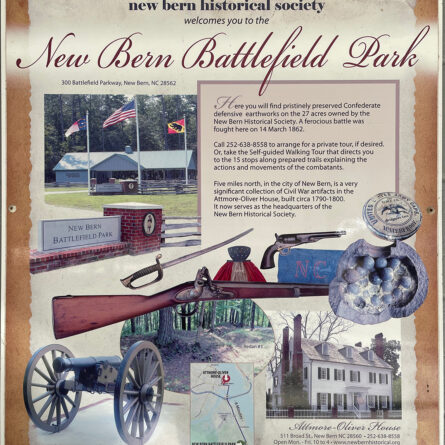


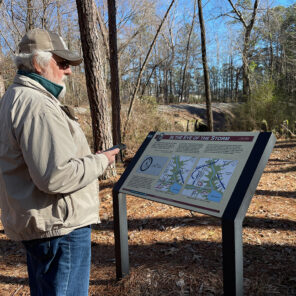
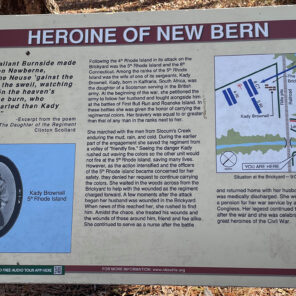
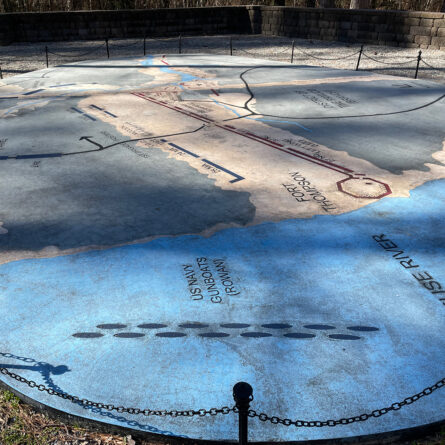
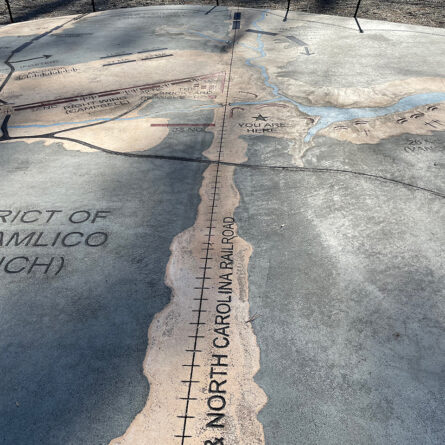





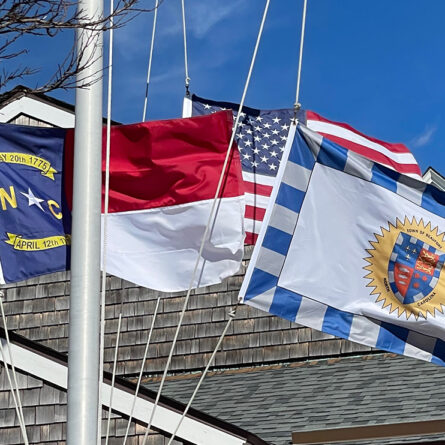



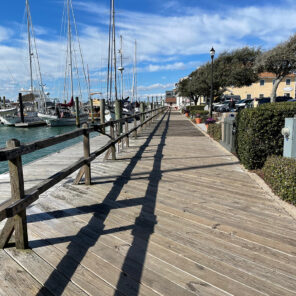
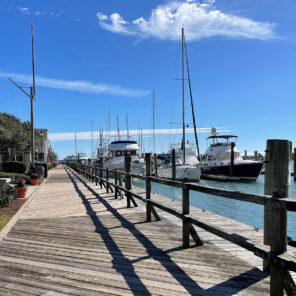

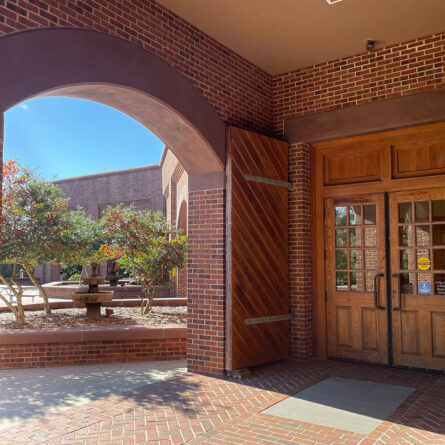

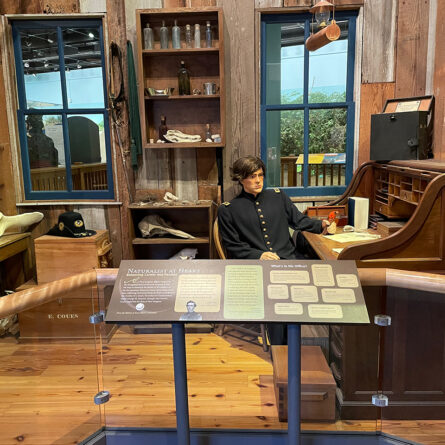
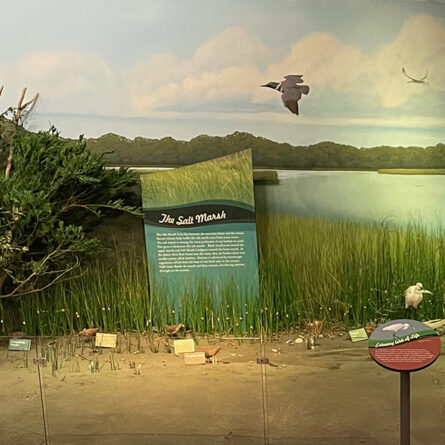
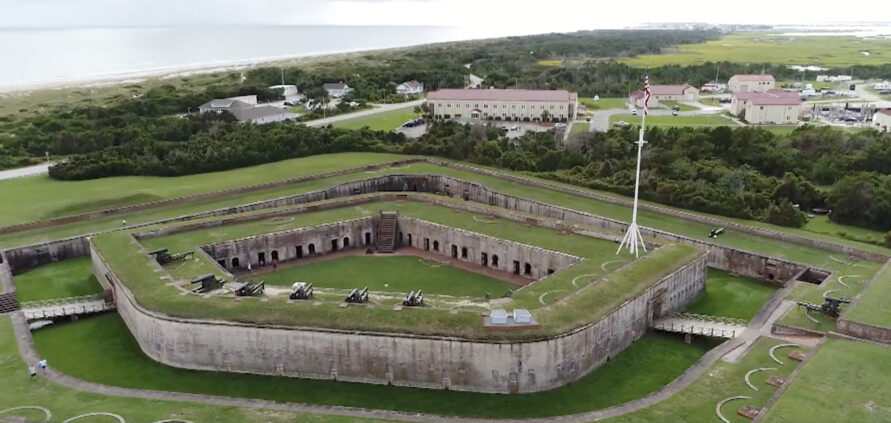
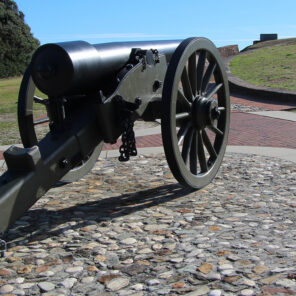
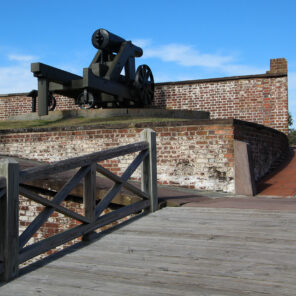

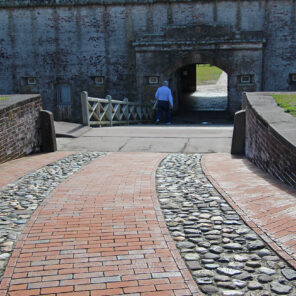
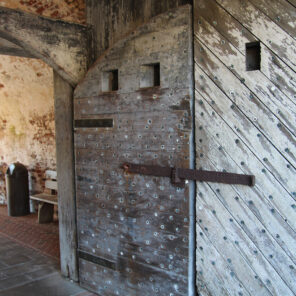

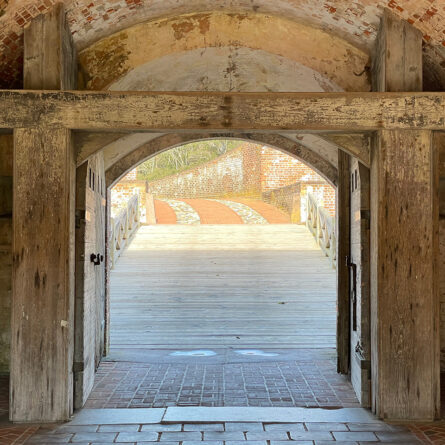











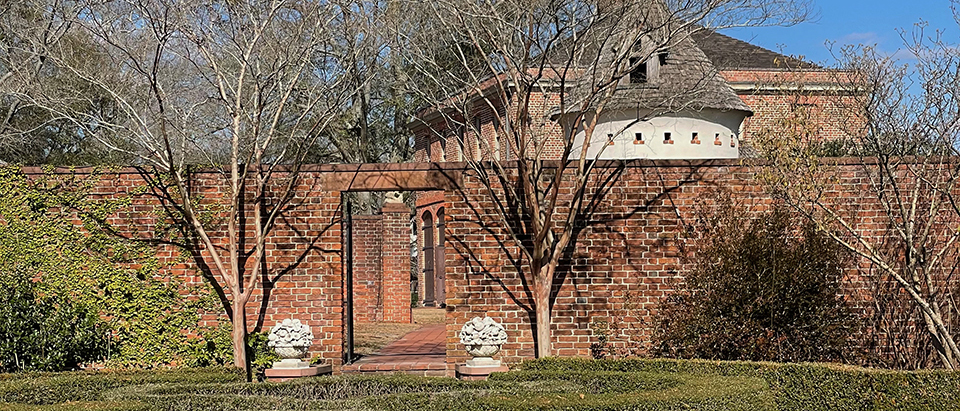




Comments are closed here.